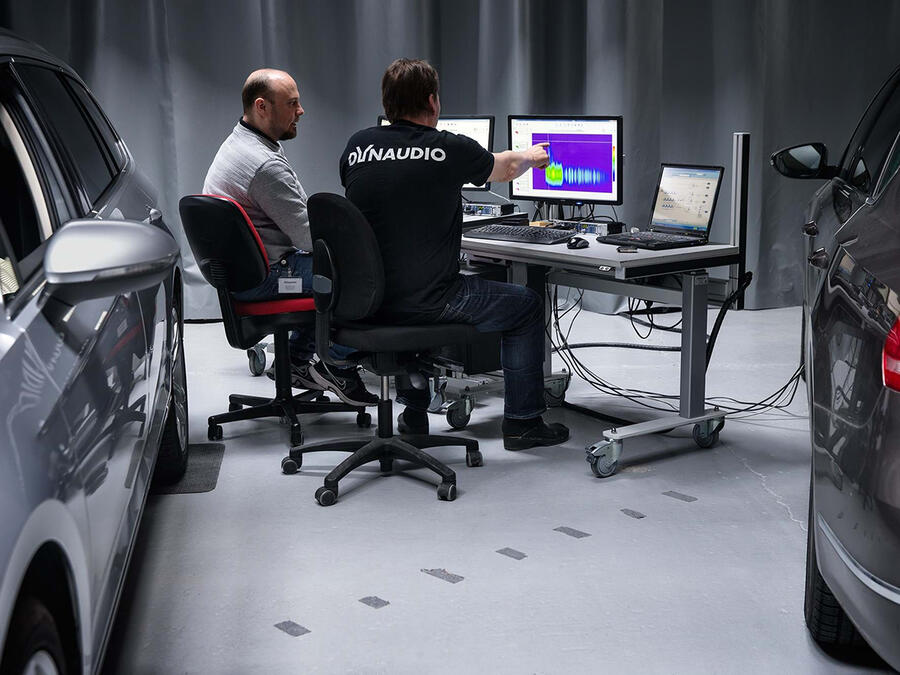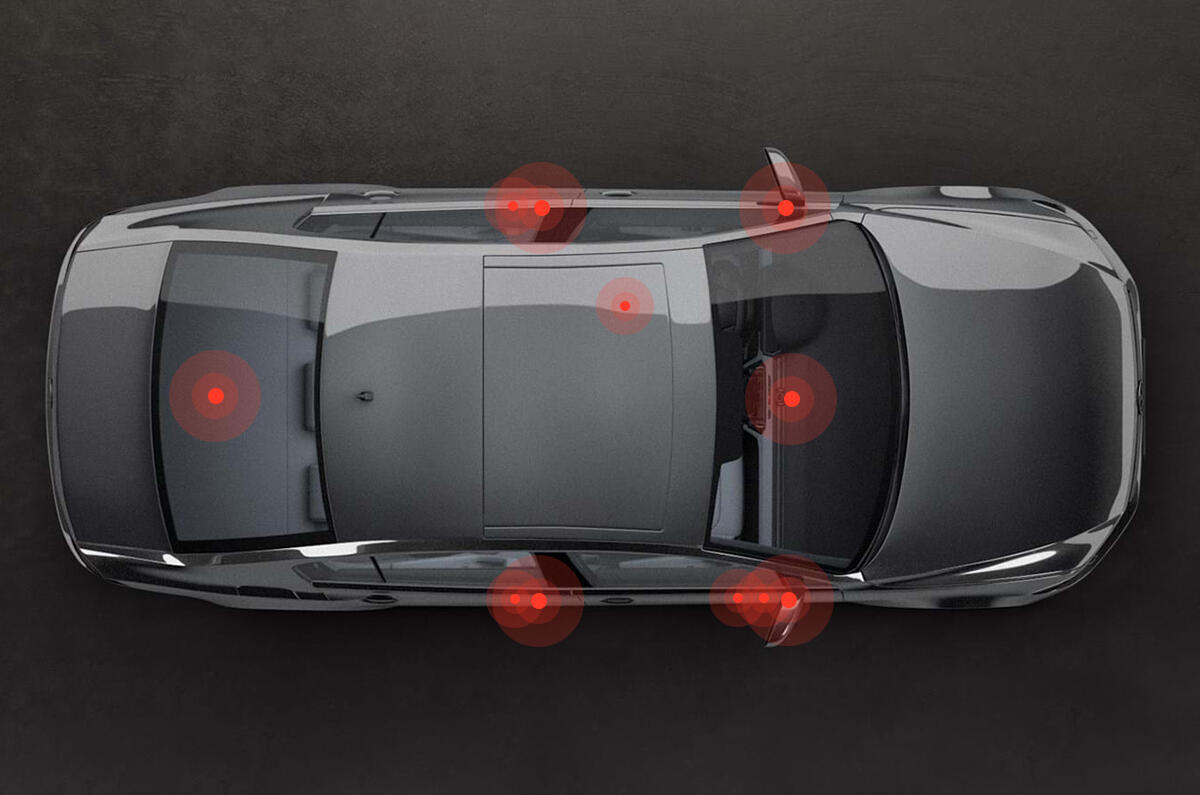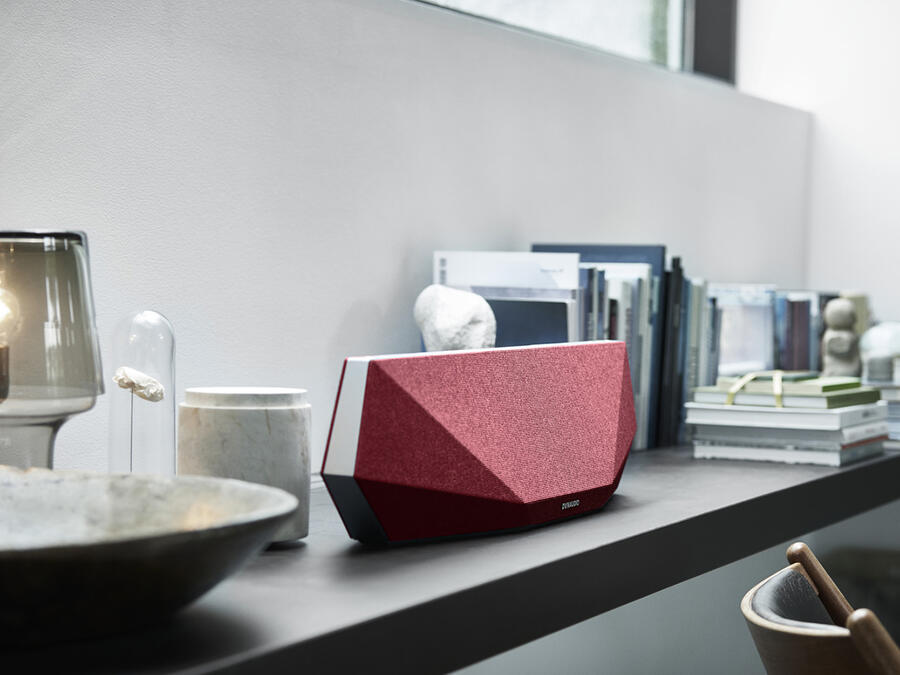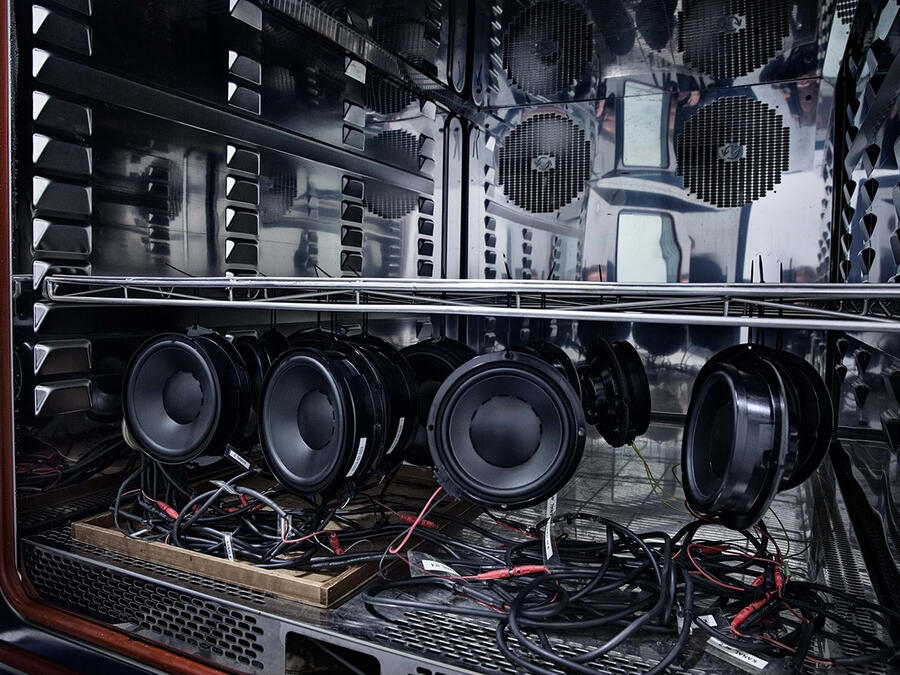As you’re probably aware, cars are getting smarter.
Even affordable cars have increasingly clever hybrid powertrains, adaptive cruise control and the ability to recognise traffic signs. In the next few years, give or take, they’ll also be able to talk to each other and drive themselves. Amid all the noise around experimentation with autonomous vehicles, smart cities and machine-to-machine communication, there’s an area that receives less attention. And it’s arguably the most important of all – because it’s where you and your passengers sit.
In-car upgrades
The cabin is going through a ‘smart’ revolution of its own. From the way we access our smartphones’ functionality and interact with instruments (see BMW’s AR dash) to the seating we luxuriate in, all aspects of the in-car experience are being scrutinised and improved.
Audio is no different. Since the late ’90s, the computers that have given cars the ability to improve our drives have also been applied to improve our audio, through a process known as DSP – digital signal processing. DSP is the modification and optimisation of a signal: applying computing horsepower that changes a stream of data to improve efficiency or performance. In-car computer processing can be used almost anywhere data is gathered, interpreted and acted upon: active suspension, torque vectoring, voice recognition and a huge amount more besides. With car audio, DSP is applied to optimise the sound we hear.
The DSP difference

Gone are the days when mounting a pair of giant subwoofers in the boot constituted a cutting-edge in-car audio experience. The modern car’s cabin has speakers integrated throughout: in the doors, in the pillars, even under the seats. But that presents a challenge.
Traditional stereo hi-fi has us sit in front and between two speakers, so we’re used to feeling as if we’re positioned in the sweet spot, centre stage, with each instrument placed precisely in what hi-fi enthusiasts refer to as the “soundstage”. But with multiple speakers positioned in unusual places in a car, and the various angles and materials that constitute an interior (seats absorb sound waves while metal and glass reflect them, for instance), it’s much more complicated.
“All the drivers are actually mixed together and you’re sitting in a kind of chaos”, says Morten Hermansen of Danish audio specialist Dynaudio, the company responsible for Volkswagen’s premium audio systems. “You really have to have control of every driver’s timing, and frequency response, and the way they work together.” That’s why DSP is used to customise the sound of each speaker independently. Dynaudio painstakingly maps how each speaker behaves and how every curve and surface of the interior reflects sound. Then, by tweaking delays, balance and frequency response, the signal fed to each speaker is manipulated so that its sound hits you (or anyone else in the car) at precisely the correct time. This puts you in the sweet spot, as if you’re listening to a home hi-fi or, even better, sat right in front of your favourite band or orchestra. DSP’s trick is to create order from the chaos.








Join the debate
Add your comment
Not the full story
If you ever replace the speakers in your new sub £30k car you'll be amazed how light, cheap and crap the old ones are. This will always be the case no matter what algorithm you use.
xxxx wrote:
. Who says just because it’s made from Granite and the finest materials that it must be the best?, Speakers in Cars have to be light, fit in a given space, I think what we have in Cars today is just fine for the price.....
No-one said
I don't know, tell me who did say it had to be made from "Granite and the finest materials" ?
"I think what we have in Cars today is just fine for the price....." what a stupid general statement.
"Speakers in Cars have to be light, fit in a given space, " Suggest you re-read my comment along with the article and then think about what £10-£30 speakers sound like regardless of how any algorithms are used.